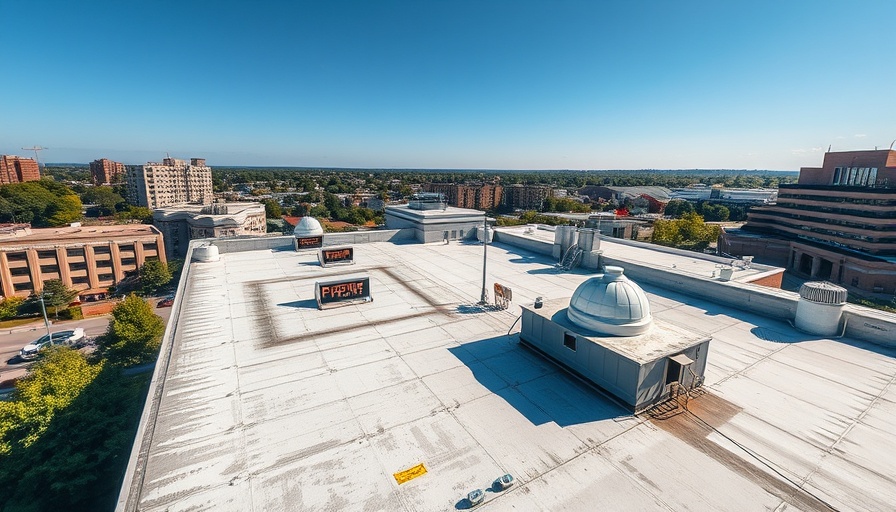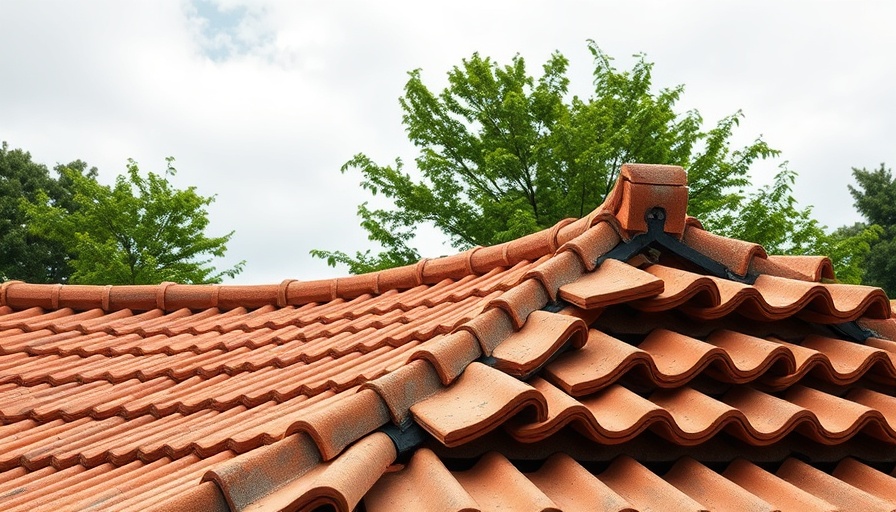
The Importance of Proactive Roof Repairs
Ensuring the integrity of a roof is vital for both commercial and residential properties. A staggering statistic shows that 80% of roof leaks originate from just 20% of the roof surface. By taking proactive measures, property owners can safeguard their investments and save significant costs associated with emergency repairs.
Key Roof Leak Danger Zones
There are three critical areas prone to leaks that every roof owner should know about:
1. Seams and Laps
Roof membranes typically consist of overlapping sheets. Over time, the movement of these sheets can cause seams to loosen or even detach, creating pathways for water intrusion. To mitigate this risk, all open or loose seams should be treated with a sealant. For metal roofs, it's equally crucial to secure any fasteners where panels overlap.
2. Punctures
Punctures in the roof are common, especially as roofs age. Various factors, such as hail, rooftop equipment, and debris can lead to holes that allow water to penetrate the membrane. Regular inspections are necessary to identify and repair these punctures promptly, utilizing materials compatible with the existing roof for optimal adhesion.
3. Flashings
Flashings are pivotal in transitioning from horizontal to vertical surfaces on the roof. Over time, they may deteriorate or loosen, requiring maintenance and additional sealants. Regular checks can prevent serious water penetration issues through these critical areas.
Best Practices for Roof Maintenance
To prevent emergency leaks, adhering to a few maintenance best practices is essential:
- Keep it Clean: Regular cleaning of the roof is crucial to maintain performance and warranty standards. Consult your roofing provider to establish an appropriate cleaning schedule, especially for white roofs that need more upkeep.
- Keep it Clear: Inspect for debris accumulation regularly. Natural elements like leaves or birds can contribute to debris that may block drainage and create problems. Remove any unwanted vegetation as well.
- Keep it Moving: Water drainage is critical; ensure that gutters and downspouts are clear and functioning correctly to prevent standing water, known as ponding, which can damage roofs.
Final Thoughts
By addressing these roof leak danger zones and following best practices, you can prolong the life of your roof and avoid costly repairs. Investing in the health of your roofing system is an investment in your property’s value.
Don’t wait for a leak to disrupt your day! Schedule a proactive roofing inspection today to safeguard your property against future water damage.
 Add Row
Add Row  Add
Add 




Write A Comment